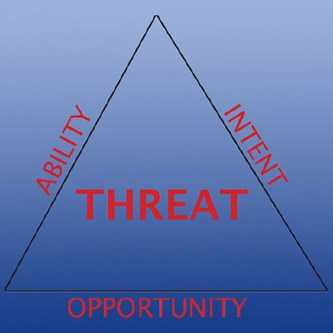Edward I of England, known for his military campaigns and administrative reforms, significantly influenced the development of military tactics in medieval England, mainly through his policies on longbow training for commoners. Recognizing the longbow's effectiveness, Edward I sought to strengthen his army's capabilities by mandating widespread training in archery.
In a strategic move to bolster his military, Edward I suspended all sports except archery. This policy aimed to ensure that commoners, who formed the backbone of the English army, were proficient in using the longbow, a weapon that proved crucial in battles. This directive was not merely a suggestion but a legally enforced requirement, illustrating the importance Edward I placed on military preparedness.
The Statute of Winchester passed in 1285, was a significant piece of legislation that addressed various aspects of national security and public order. One of its notable requirements was that every man aged 15 to 50 should own more than just a knife as a personal weapon. This law reflected the king's intention to ensure that the population was not only capable of self-defense but also ready to be mobilized for military service if necessary.
The Statute of Winchester also introduced the concepts of "ward and watch" and "hue and cry." "Ward and watch" refers to guarding and patrolling within communities, especially at night, to maintain public order and safety. This system required men of a certain age to take turns keeping watch, ensuring that potential threats were detected and addressed promptly.
"Hue and cry," on the other hand, was a communal obligation to pursue criminals. Upon witnessing a crime, citizens were expected to raise an alarm ('hue and cry') and participate in the pursuit of the offender. This practice emphasized collective responsibility in maintaining law and order, a crucial aspect of medieval justice.
Edward I's policies, including the focus on longbow training and the Statute of Winchester, were instrumental in enhancing the stability and security of the nation. By ensuring that a large segment of the population was trained in archery, Edward I improved his military's capabilities and empowered commoners to contribute actively to national defense.
The "ward and watch" and "hue and cry" systems strengthened community cohesion and collective responsibility in crime prevention and law enforcement. Combined with the military reforms, these measures created a more vigilant and prepared society capable of defending against external threats and maintaining internal order.
Edward I's policies, particularly concerning longbow training and the Statute of Winchester, were pivotal in shaping medieval England's military tactics and societal structure. They reflected a comprehensive approach to national security, emphasizing individual warfare skills and communal responsibility in maintaining law and order.



























